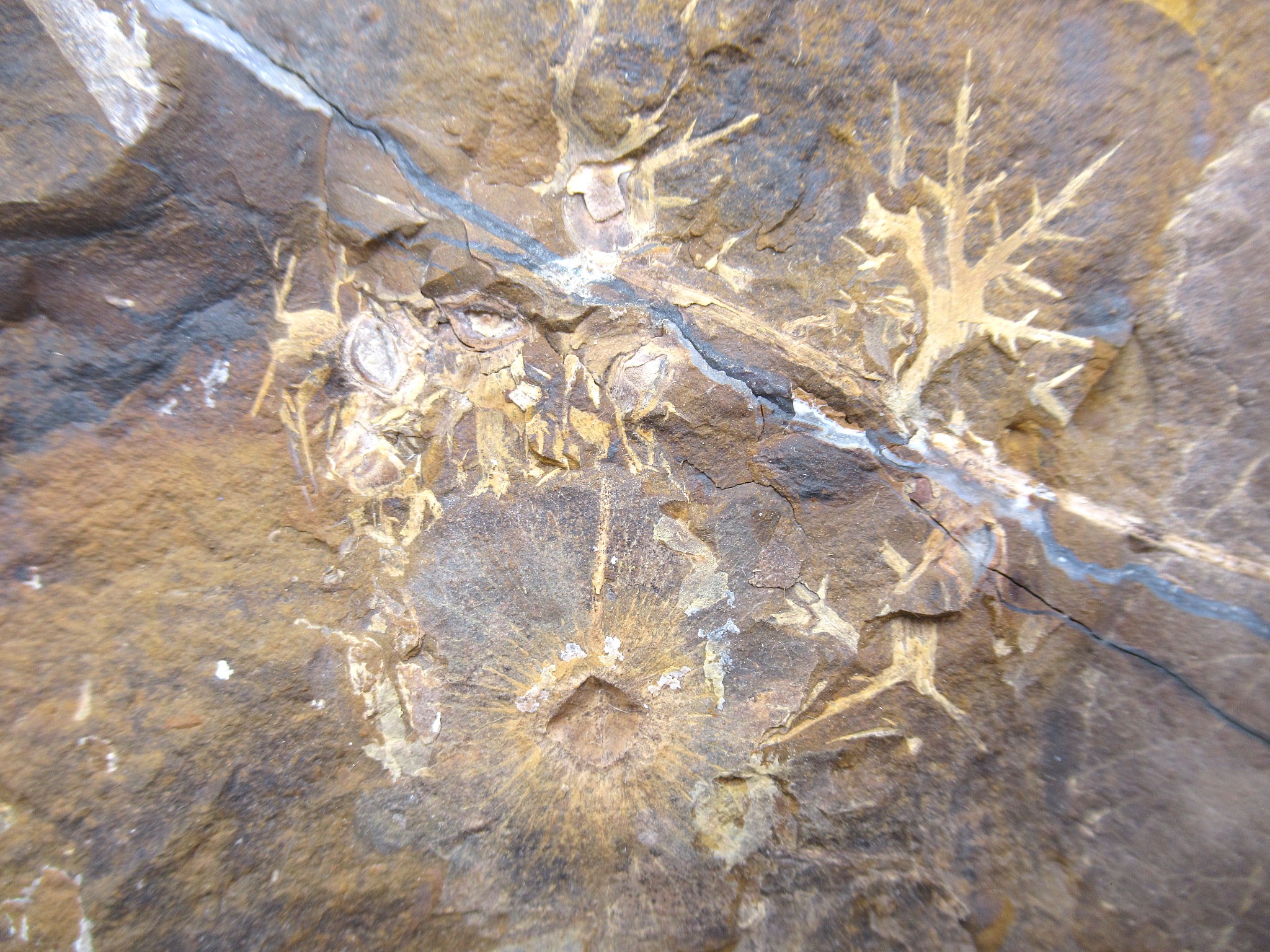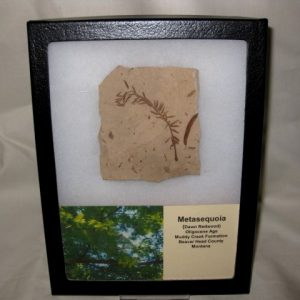Description
- Palaeocarpinus dakotensis – An Aggregate Fruiting Plant with budding Nutlets (small nuts/seeds)
- Paleocene Age (56 – 66 Million Years Old)
- Sentinel Butte Formation
- Morton County, North Dakota
- The overall size of matrix measures. “4.77 wide at the widest point. The NATURAL COLOR of the fruit or Seed contrasts nicely with the color of the matrix.
Palaeocarpinus dakotensis is an extinct plant in the Family Coryloideae and subfamily, Betulaceae, which includes modern birch trees. Palaeocarpinus is known from the Paleocene of western North America, Europe, and Asia. It survived into the Eocene of Oregon but disappears from the fossil record after that.
At the onset of the Paleocene Epoch, Earth was recovering from the end-Cretaceous asteroid impact. The climate was subtropical almost to the polar circles, ocean temperatures were high, and polar ice caps were absent. The Paleocene Epoch brackets two major events in Earth’s history. It started with the mass extinction event at the end of the Cretaceous, known as the Cretaceous–Paleogene (K–Pg) boundary. This was a time marked by the demise of non-avian dinosaurs, giant marine reptiles and much other fauna and flora. The die-off of the dinosaurs left unfilled ecological niches worldwide. It ended with the Paleocene–Eocene Thermal Maximum. This was a geologically brief (~0.2 million year) interval characterized by extreme changes in climate and carbon cycling. Terrestrial Paleocene strata immediately overlying the K–Pg boundary is in places marked by a “fern spike”: a bed especially rich in fern fossils. Ferns are often the first species to colonize areas damaged by forest fires; thus the fern spike may indicate post-Chicxulub crater devastation. In general, the Paleocene is marked by the development of modern plant species. Cacti and palm trees appeared. Paleocene and later plant fossils are generally attributed to modern genera or to closely related taxa. The warm temperatures worldwide gave rise to thick tropical, sub-tropical and deciduous forest cover around the globe (the first recognizably modern rain forests) with ice-free polar regions covered with coniferous and deciduous trees. With no large grazing dinosaurs to thin them, Paleocene forests were probably denser than those of the Cretaceous. Flowering plants (angiosperms), first seen in the Cretaceous, continued to develop and proliferate, and along with them coevolved the insects that fed on these plants and pollinated them.






